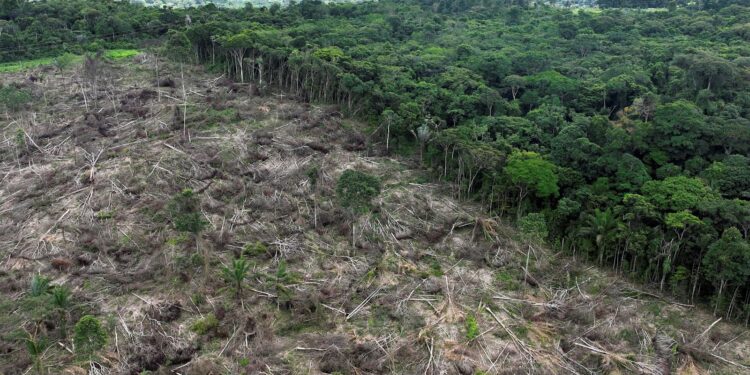Cerro Blanco, a hill with over 6,000 hectares of tropical dry forest that borders the Ecuadorian city of Guayaquil and extends into Peru, is today an “island” of exceptional fauna and flora threatened by quarries, construction, and deforestation. In the last 15 years, the growth of the second-largest city in Ecuador has turned Cerro Blanco into an “enclosed and cornered island by the city,” says Eliana Molineros, creator of the Sacha Project Foundation, which fights for the protection of wild animals.
This rich and fragile ecosystem, considered critically endangered by the International Union for Conservation of Nature (IUCN), hosts hundreds of bird species, at least 60 types of mammals, such as the jaguar, and dozens of endemic plants. Only 10% of the original extension of tropical dry forests remains in the world, and the remaining virgin forest in Cerro Blanco is one of the few in Latin America. However, the reserve is also a limestone quarry, the raw material for cement production that gives the hill its whitish color. About 36 quarries are consuming the vegetation in the area adjacent to the forest.
Ten are managed by the municipality, and the others have authorization from the state Mining Control Agency, although some operate illegally, according to local residents. Although the Ecuadorian Constitution recognizes nature as a “subject of rights,” four organizations are requesting that the forest be declared a protected area to prevent its deterioration. If the request is approved by environmental authorities, quarries and other extractive activities in the area would be prohibited.
Friday, July 26, 2024










